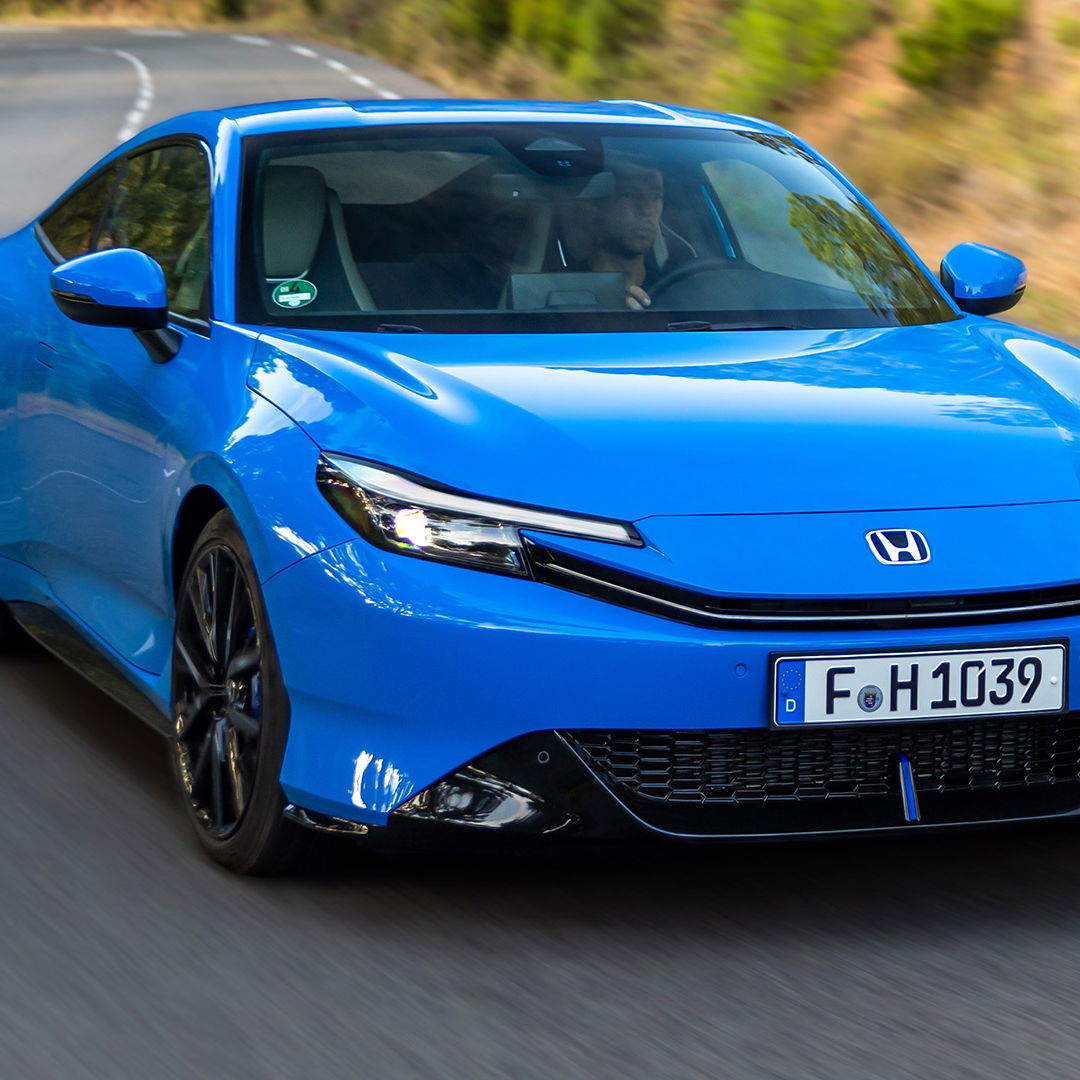Wheely Scary: The 10 Most Dangerous Roads in Britain
50% of deaths on roads in Britain occur on only 10% of the road network, with Scotland having roads with the worst risk. These figures come from a Road Safety Foundation's report, which examined nearly 30,000 British motorways and A-roads.
50% of deaths on roads in Britain occur on only 10% of the road network, with Scotland having roads with the worst risk. These figures come from a Road Safety Foundation's report, which examined nearly 30,000 British motorways and A-roads. Proceeding Scotland, the next most dangerous roads are found in the form of highways in the north of England. Drivers involved in accidents are advised to seek help from road traffic accident solicitors whose expertise can help to alleviate some of the ongoing problems of a motor traffic accident.
The most dangerous roads in the UK are recorded as being in order of most accidents:
1. A537 Buxton to Macclesfield (Derbyshire / Cheshire)
2. A5012 Matlock to Pikehall (Derbyshire)
3. A621 Totley to Baslow (South Yorkshire / Derbyshire)
4. A625 Sheffield to Calver (South Yorkshire)
5. A54 Buxton to Congleton (Derbyshire)
6. A581 Chorley to Rufford (Lancashire)
7. A5004 Buxton to Whaley Bridge (Derbyshire)
8. A675 Preston to Blackburn (Lancashire)
9. A61 Wakefield to Barnsley (South / West Yorkshire)
10. A285 Petworth to Chichester (West Sussex)
Scotland's poor record on road safety is partly due to the remoteness of much of the country's road network. Many Scottish roads run through high ground where landslips or flooding are regular occurrences. Although drivers may feel safe driving on what are perceived to be remote, quiet Scottish roads, accidents can often occur as a result of poor weather conditions, poor road surfaces or a driver misjudging narrow bends.
The Foundation's report revealed that the road that posed the highest risk was a section of the A537 between Buxton and Macclesfield in Cheshire, known as the Cat and Fiddle Pass. This single carriageway, with a speed limit of 50mph, runs through the Peak District National Park with steep drops and severe bends and dry stone walls running almost the whole of its length. Popular with heavy goods vehicles, tourists and motorcyclists, most crashes happen during summer in daylight hours during weekends.
The report concluded that single carriageway roads are twice as dangerous as dual carriageways. An accident was six times more likely to occur on a single carriageway road than on a motorway. A-roads and motorways were responsible for a quarter of deaths of motorcyclists although, all in all, a 5% reduction in deaths on motorways and A-roads had been recorded over the past few years.
Over 30,000 people have been seriously injured and a further 30,000 killed on Britain's roads in the last ten years. This shocking statistic shows that people driving in Britain are four times more likely to be killed than doing any other day-to-day activity. The main cause of death among young adults is road crashes.
Whilst the government is putting vast sums of money into road improvements, cutbacks in public spending mean that it may be many more years before some of the major accident black spots are scrutinised and worked on. For anyone unfortunate enough to be involved in a road traffic accident, help is at hand from highly experienced solicitors. It is advisable to make contact with these professionals immediately following an accident.
This guest post was contributed by Leyla, an aspiring blogger who enjoys writing on a range of legal and automotive issues. She is currently writing on behalf of EAD Solicitors, an established law firm based in Liverpool, who specialise in road traffic accident claims.












Comments